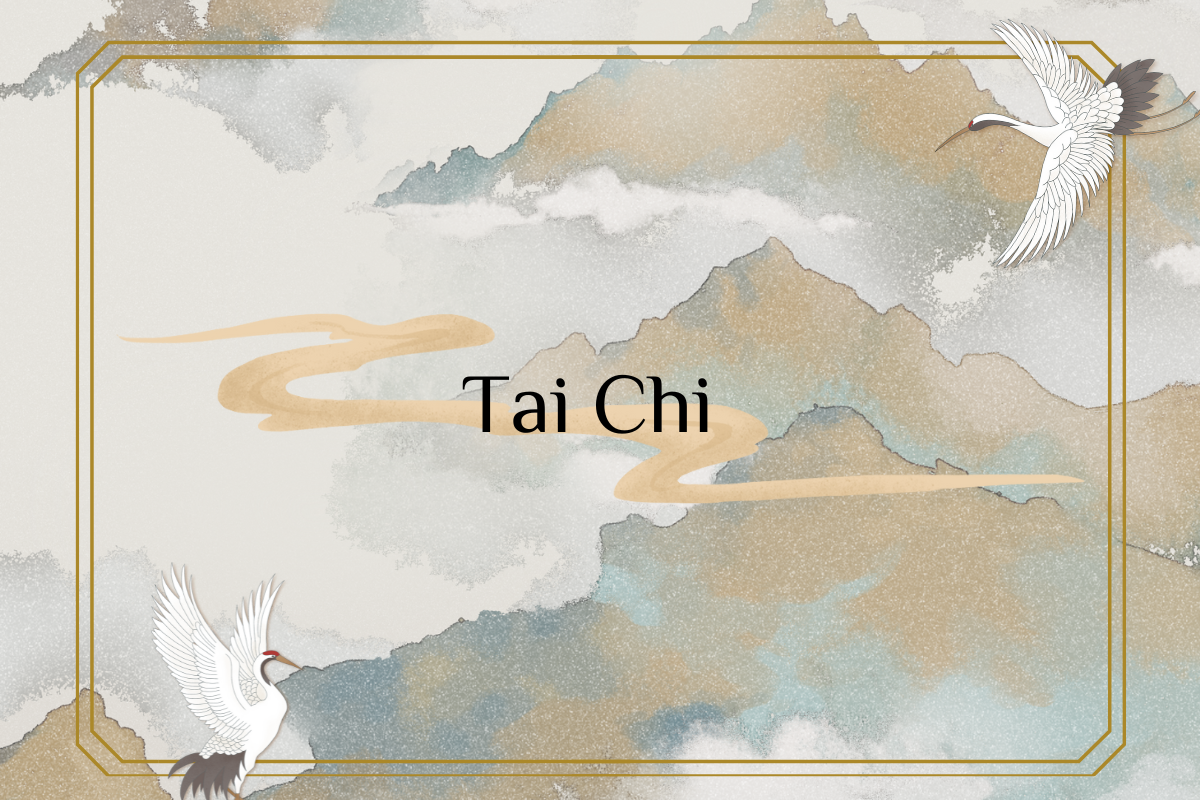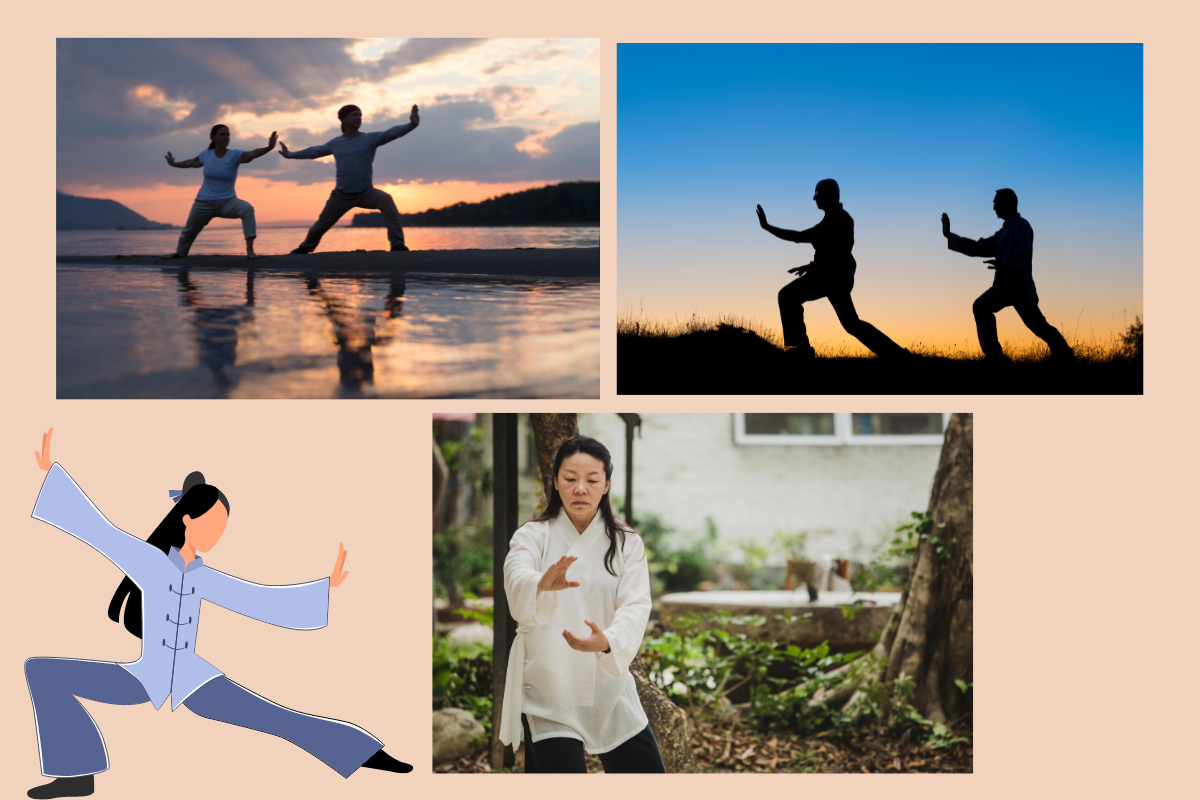Tai Chi: A Beloved Practice Among Chinese Seniors
In the realm of traditional Chinese martial arts, few practices embody the essence of balance and harmony quite like Tai Chi. This ancient martial art, also known as Tai Chi Chuan, has transcended its origins to become a globally embraced exercise, celebrated for its graceful movements and myriad health benefits. Here, we will delve into the world of Tai Chi, uncovering its origins, exploring its fundamental principles, and highlighting the profound advantages it offers to practitioners of all ages.

Origins of Tai Chi
Historical Roots
Tai Chi traces its roots back to ancient China, with legends attributing its creation to Zhang Sanfeng, a Taoist monk, in the 12th century. Evolving over centuries, Tai Chi incorporates elements of Chinese philosophy 哲学 (zhé xué), martial arts, and traditional medicine.
Philosophical Foundation
At its core, Tai Chi is grounded in Taoist philosophy, emphasizing the balance of opposing forces (Yin and Yang) and the cultivation of vital life energy, known as Qi. The slow, flowing movements of Tai Chi are a physical expression of these principles.
哲学 (zhé xué), noun, philosophy
Examples:
- Philosophy is a profound discipline that explores the existence and thoughts of humanity.
哲学是探讨人类存在和思维的深刻学科。
Zhéxué shì tàntǎo rénlèi cúnzài hé sīwéi de shēnkè xuékē. - Everyone has their own unique philosophical views on the meaning of life.
每个人对生命的意义都有自己独特的哲学观。
Měi gè rén duì shēngmìng de yìyì dōu yǒu zìjǐ dútè de zhéxué guān.

Fundamental Principles of Tai Chi
Mind-Body Connection
Tai Chi is often described as "meditation in motion." Practitioners focus on cultivating a deep mind-body connection, fostering mindfulness and relaxation 放松 (fàng sōng). The slow and deliberate movements synchronize with controlled breathing, promoting a tranquil state of mind.
Softness in Motion
Unlike more forceful martial arts, Tai Chi emphasizes softness and yielding. Movements are gentle, circular, and continuous, allowing practitioners to redirect force rather than meeting it head-on. This principle is captured in the famous Tai Chi saying, "Four ounces can deflect a thousand pounds."
放松 (fàng sōng), noun, relaxation
Examples:
- In the busy life, finding some time for relaxation is crucial.
在繁忙的生活中,找到一些时间进行放松是至关重要的。
Zài fánmáng de shēnghuó zhōng, zhǎodào yīxiē shíjiān jìnxíng fàngsōng shì zhìguān zhòngyào de. - Taking a hot bath at night is one of my favorite relaxation methods.
晚上泡个热水澡是我最喜欢的放松方式之一。
Wǎnshàng pào gè rè shuǐzǎo shì wǒ zuì xǐhuān de fàngsōng fāngshì zhī yī.
Health Benefits of Tai Chi
Physical Well-being
- Improved Balance: The deliberate weight shifts and controlled movements in Tai Chi contribute to enhanced balance and stability.
- Flexibility and Joint Health: The slow, stretching motions promote flexibility and maintain joint health.
Mental Well-being
- Stress Reduction: Tai Chi serves as a moving meditation, reducing stress and promoting relaxation.
- Enhanced Cognitive Function: Regular practice has been linked to improved cognitive function and mental clarity.